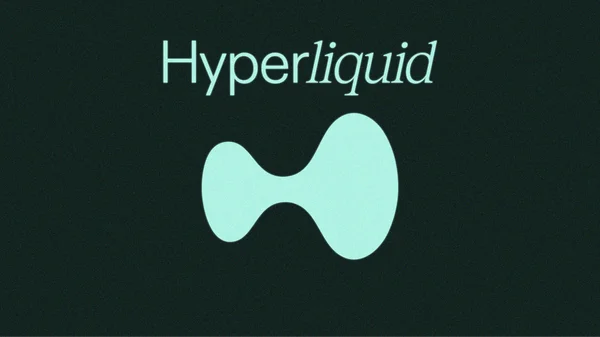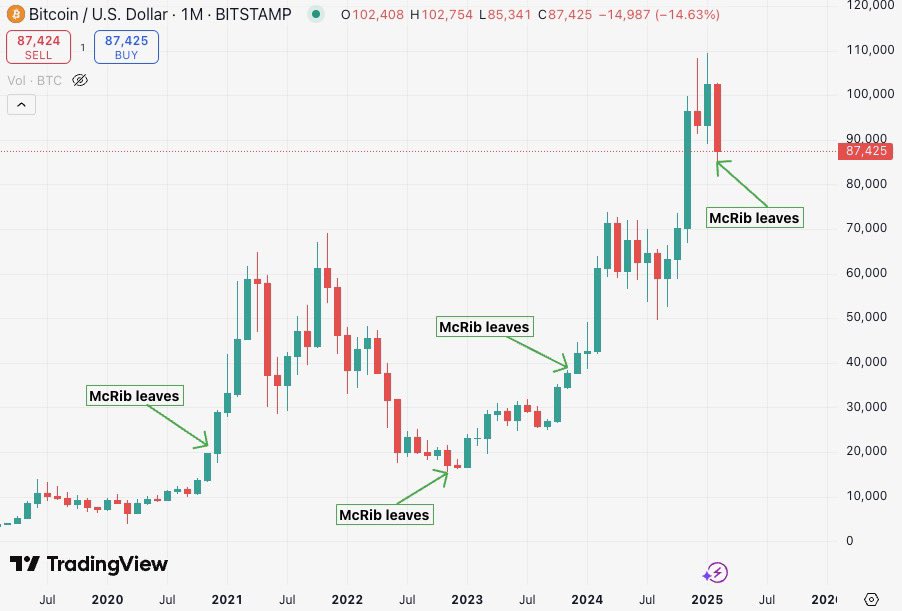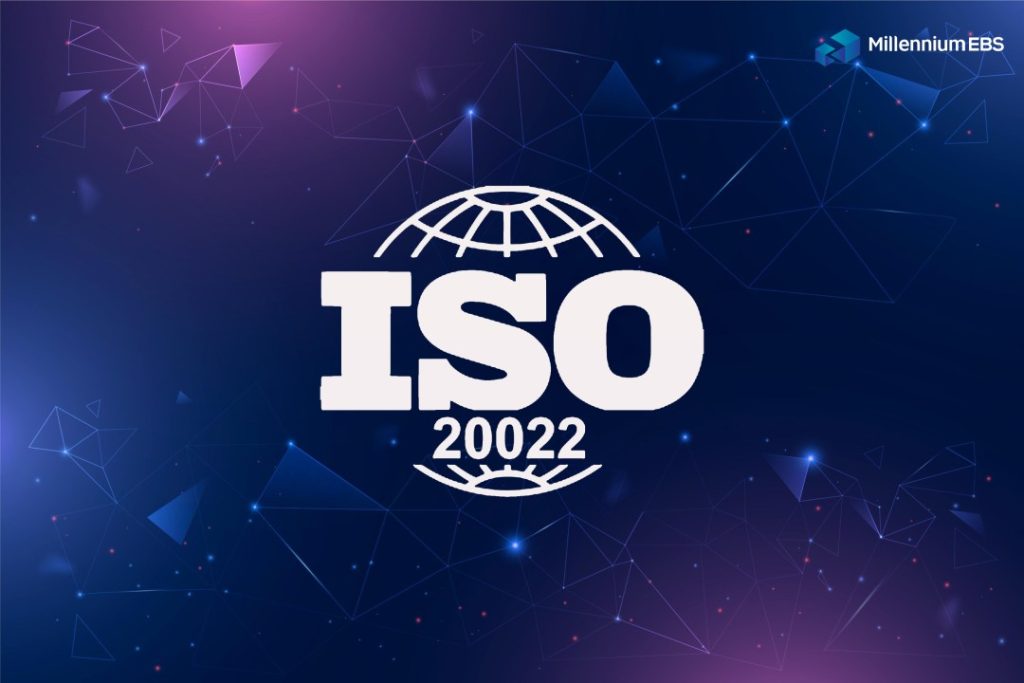Breaking News

Popular News






Enter your email address below and subscribe to our newsletter
Stay On Top

Overview
Hyperliquid emerges as a groundbreaking platform in the decentralized finance (DeFi) sector, aiming to merge the efficiency of centralized exchanges with the transparency and security of blockchain technology. Born out of the vision for a fully on-chain, open financial system, Hyperliquid operates on its own high-performance Layer 1 blockchain, optimized for derivatives trading. It introduces a unique on-chain order book for perpetual futures, promising a trading experience akin to traditional centralized exchanges without compromising on decentralization or user control over funds.
Recent Developments
Hyperliquid has been making significant strides with several notable developments. The introduction of HyperEVM, their Ethereum Virtual Machine compatible layer, marks a pivotal moment, enabling developers to build and deploy Ethereum-compatible dApps directly on Hyperliquid. This move not only broadens the platform’s utility but also positions it for more diverse DeFi applications. The launch of the HyperEVM testnet, which supports staking and liquidity provision, has been well-received, with a surge in developer activity. Furthermore, Hyperliquid has achieved a significant milestone by becoming the highest revenue-generating exchange in crypto, reporting a $750 million annualized revenue from perpetual trading alone. The integration of fiat on-ramps, as announced on X, further enhances its accessibility and usability, potentially catalyzing its growth.
Primary Use Cases
The primary use cases of Hyperliquid revolve around its capacity for perpetual futures trading with an on-chain order book, providing users with a decentralized alternative to traditional exchanges. This includes:
– **Decentralized Perpetual Futures**: Traders can engage in futures markets without the need for centralized intermediaries, enjoying low latency and high throughput.
– **On-Chain Spot Trading**: With the introduction of HyperEVM, Hyperliquid aims to extend its trading capabilities to spot markets, offering direct blockchain-based asset swaps.
– **Liquidity Provision**: Through the Hyperliquid Liquidity Provider (HLP) vault, users can contribute to liquidity pools, earning a share of trading fees and other profits.
– **Staking and Governance**: The platform’s staking mechanism allows users to participate in network security and governance, influencing future development.
Investment Potential
Hyperliquid presents a compelling case for investment due to several factors:
– **High Revenue and User Growth**: With a current trading volume that positions it among the top 10 revenue generators in crypto, Hyperliquid’s financial metrics are robust. Its user base and trading volume continue to grow, suggesting strong market acceptance.
– **Innovative Technology**: The implementation of HyperBFT and the upcoming HyperEVM showcases Hyperliquid’s commitment to technological advancement, potentially setting it apart from competitors.
– **Community and Ecosystem Building**: The platform’s community-driven approach, including generous airdrops and a focus on decentralization, is attracting a loyal user base. The ecosystem’s expansion with HyperEVM could lead to a flywheel effect, where more developers and applications increase the platform’s utility and, by extension, the value of its native token, HYPE.
– **Market Position**: As one of the few platforms capable of capturing the “holy trinity” of exchanges, blockchains, and stablecoins, Hyperliquid is uniquely positioned to benefit from multiple growth vectors within DeFi.
However, potential investors should consider the risks, including the inherent volatility of the crypto market, the competitive landscape, and the challenges of scaling a new blockchain. Despite these, Hyperliquid’s proactive development, strategic partnerships, and focus on user experience make it a project with significant potential for those looking to invest in the future of decentralized finance.
The article provides a solid foundation for understanding Hyperliquid’s potential. It effectively communicates the platform’s innovative features and strong performance. Hyperliquid is clearly a project with a lot of potential, and it is very interesting to watch its development.
While competition is mentioned, a deeper dive into how Hyperliquid differentiates itself from other decentralized derivatives platforms would be beneficial. Specifically, how does it compare to platforms like dYdX or GMX?